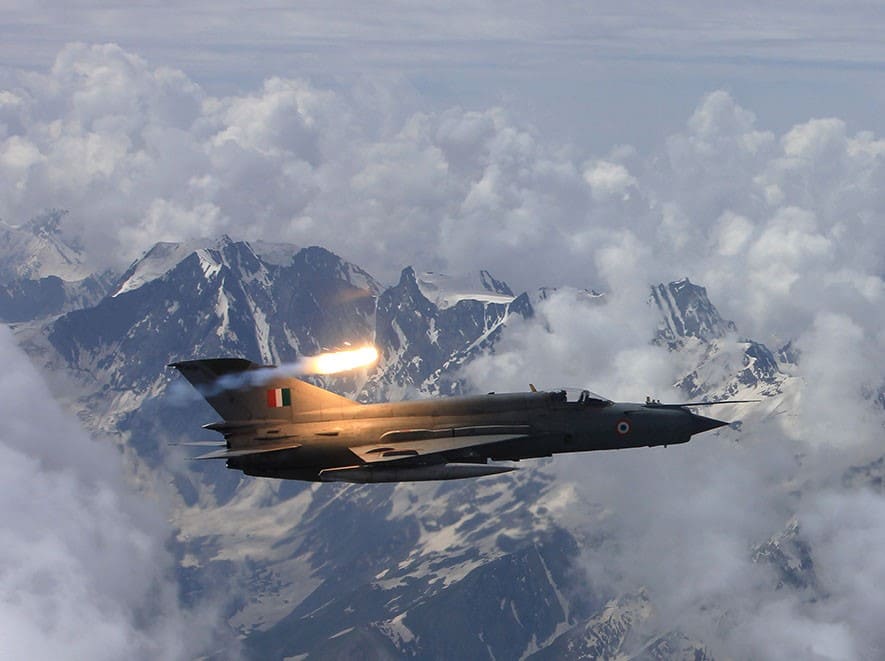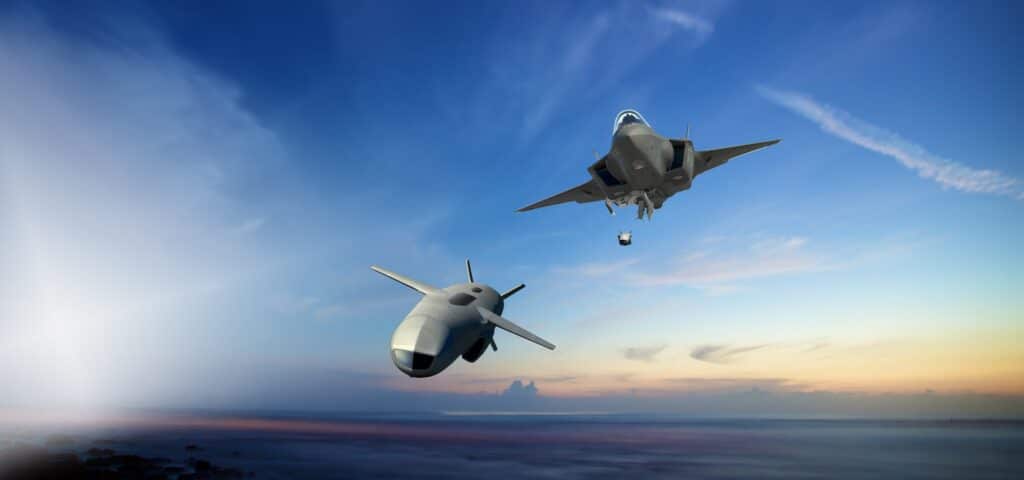The Indian Air Force (IAF) formally retired its remaining fleet of MiG-21 fighter aircraft after more than six decades in service. The phase-out marks the end of one of the longest-serving fighter jets in Indian aviation history.
Table of Contents
ToggleDecommissioning Ceremony
A retirement ceremony was held at Chandigarh Air Force Station, where the MiG-21 was first inducted in the 1960s. The event included a final sortie, aerial displays, and a symbolic flypast to conclude the jet’s operational role.
Legacy and Controversy
While the MiG-21 was involved in key conflicts, including the 1965 and 1971 wars, it also faced a troubled record in later years. Frequent accidents led to the aircraft being labeled a “flying coffin,” raising long-standing concerns over safety and modernization delays in the IAF’s fleet.
Modernization Drive
The retirement leaves the IAF with 29 active fighter squadrons, short of the sanctioned 42. To address this gap, India has signed new contracts for Tejas Mk-1A light combat aircraft and plans to induct additional modern platforms, including the Tejas Mk-2 and upgraded Su-30MKI jets.
End of Service
With the last MiG-21s now withdrawn, the IAF will rely on its existing fleet and upcoming acquisitions to maintain operational readiness. The retirement underscores India’s shift toward indigenous production and advanced fighter programs to replace aging platforms.












